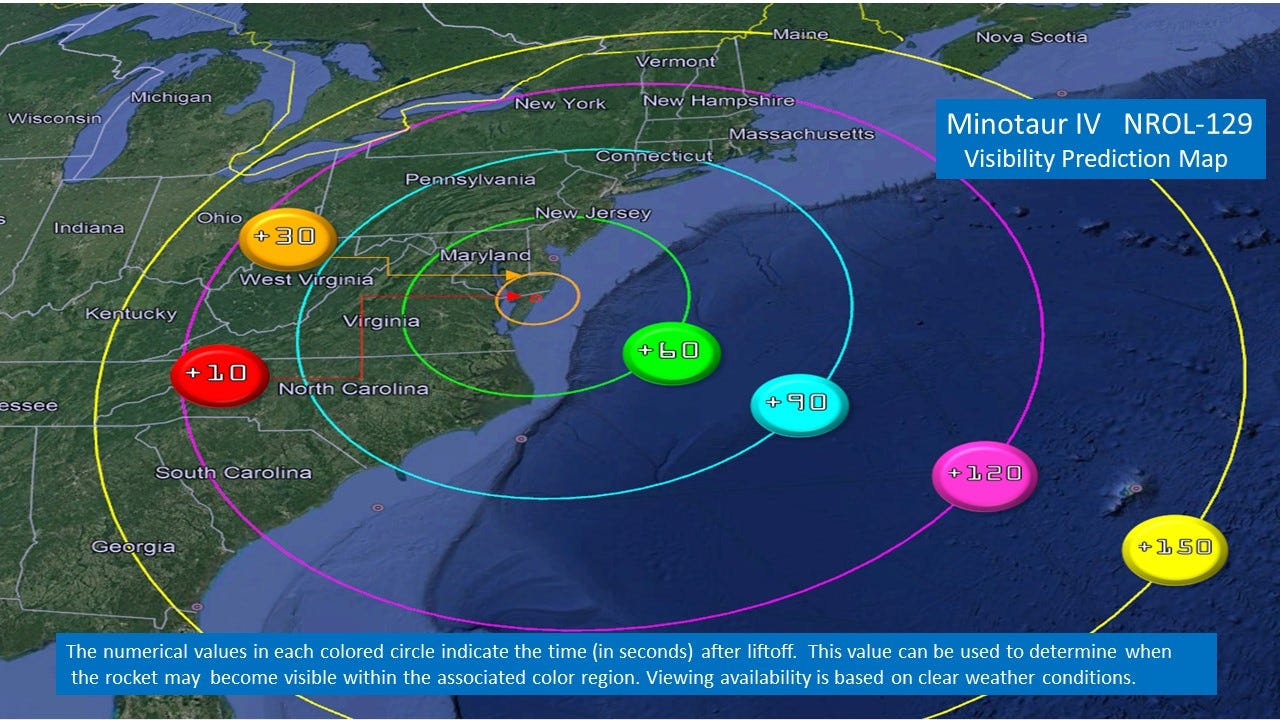

Additionally, JHTO has established a university consortium for applied hypersonics to leverage the nation’s academic community towards hypersonics-related research and workforce development.

JHTO is headquartered at the Pentagon and is responsible for creating strategies and roadmaps to develop hypersonic technologies and transition them to operational capabilities, for coordinating with foreign allies and partners, and for bolstering the hypersonics workforce. Academic partners include Indiana’s three Tier 1 research universities: Indiana University, Notre Dame University, and Purdue University. Through this partnership, the growing suite of government, industry, and academia associated with NSWC Crane can be leveraged to further hypersonics technology. In October of 2020, the DoD established its Joint Hypersonics Transition Office (JHTO) Systems Engineering Field Activity at NSWC Crane. The DoD is working in collaboration with industry, government national laboratories, and academia to field hypersonic warfighting capability in the early-to mid-2020s.” The Navy’s press release on the launch includes, “Hypersonic weapons, capable of flying at speeds greater than five times the speed of sound (Mach 5), are highly maneuverable and operate at varying altitudes. Hypersonic weapons are one of the Department of Defense’s (DoD) highest priorities. The two were recognized for their efforts by the CPS program manager for going above and beyond to support the mission. NSWC Crane employees Audrey Duke and Kegan Miller had key roles in supporting overall program planning, resourcing, execution, data reporting, and collaboration between the three stakeholders, numerous payload teams, NASA and Sandia National Laboratories’ vehicle team. In addition to Wilson’s role as Mission Director, NSWC Crane had several personnel supporting the flight test. Also, the Applied Physics Laboratory at Johns Hopkins University, MITRE, Oak Ridge National Laboratory, and several defense contractors participated in the flight test as well by providing payloads. In addition to CPS, AHPO, and MDA, the Joint Hypersonic Transition Office (JHTO) provided funding for some experiments and Sandia National Laboratories (SNL) served as the launch vehicle integrator.

Several partners ensured a successful launch. One day to launch them.”Īccording to a Navy press release, the test “demonstrated advanced hypersonic technologies, capabilities, and prototype systems in a realistic operating environment.” “Six weeks to unpack, assemble, and test them at the flight range. “One year to design, build, and test three rockets,” says Wilson.
#Wallops island rocket launch schedule 2020 full#
hypersonic capabilities in parallel to full system flight tests. Wilson says the H4H Program speeds up technology and workforce development with increased testing opportunities, accelerates innovation, research, and prototyping, and will result in rapidly improving the U.S. Scott Wilson, an employee at NSWC Crane, was the Mission Director for the project and says the campaign consisted of 25 hypersonic experiments supporting the DoD. The flight test campaign successfully launched three precision sounding rockets on October 20 from National Aeronautics and Space Administration’s (NASA) launch range at Wallops Flight Facility in Virginia. The flight test campaign was jointly planned and funded by the Navy Conventional Prompt Strike (CPS) program, the Army Hypersonic Program Office (AHPO), and Missile Defense Agency (MDA). Naval Surface Warfare Center, Crane Division (NSWC Crane) served as the executing agent for the Department of Defense (DoD) flight test campaign known as High Operational Temp for Hypersonics (H4H).


 0 kommentar(er)
0 kommentar(er)
